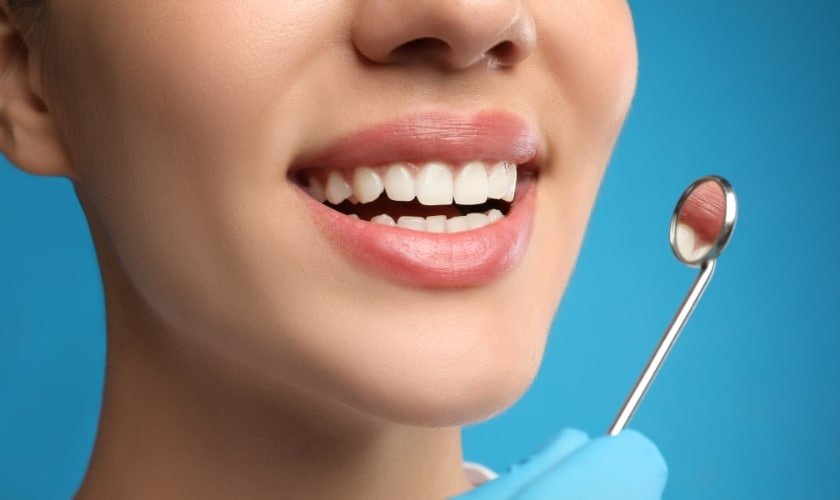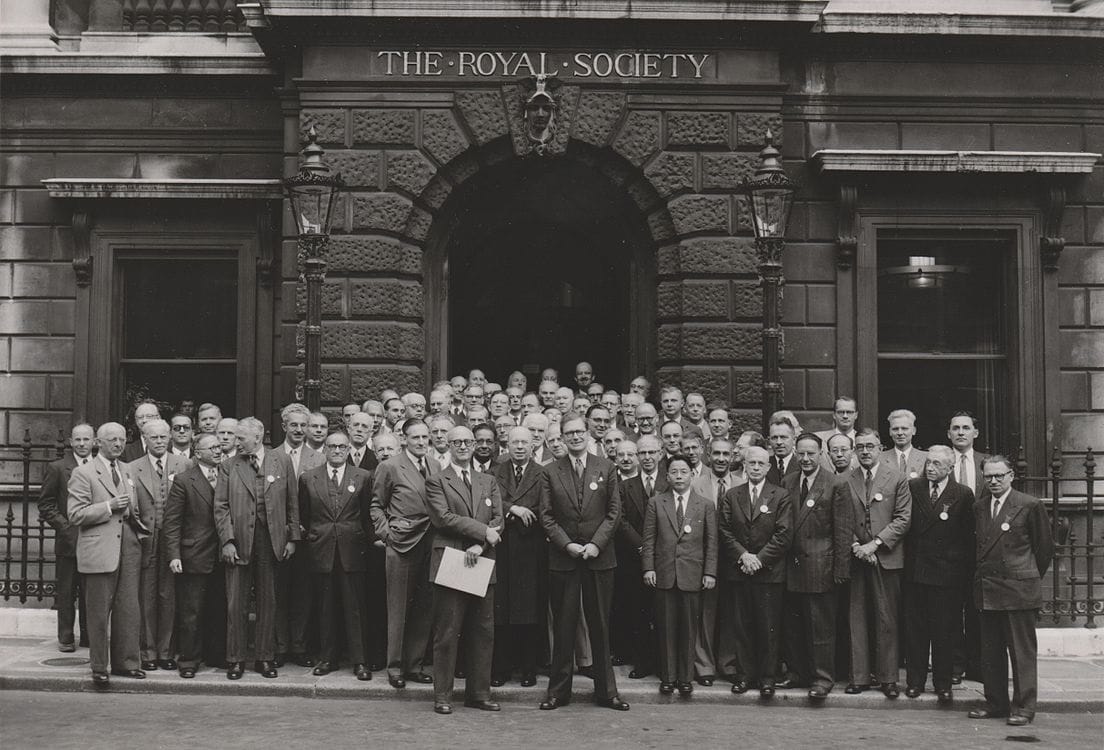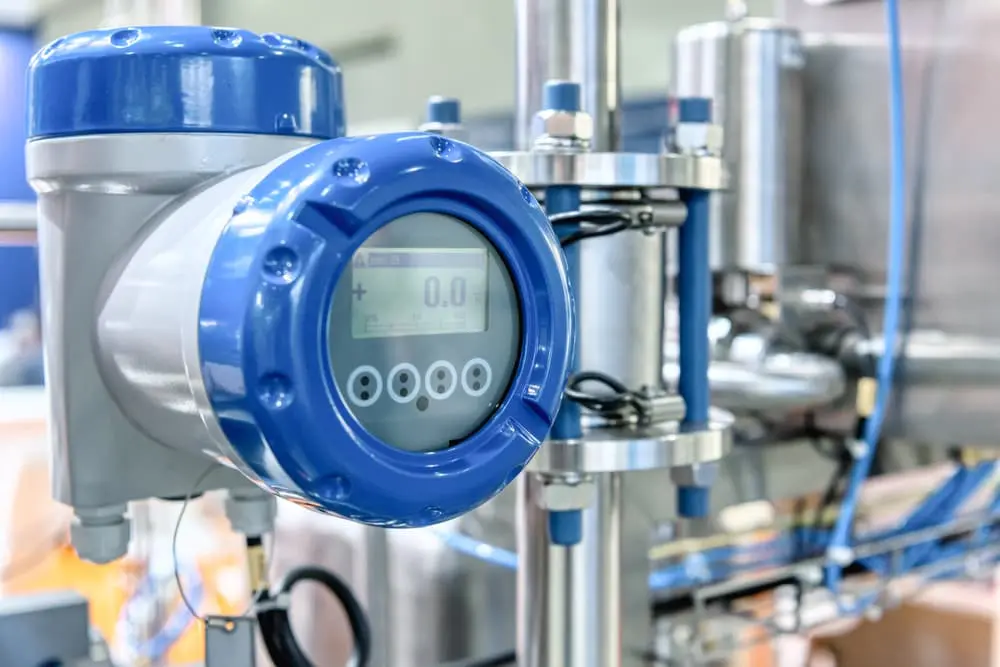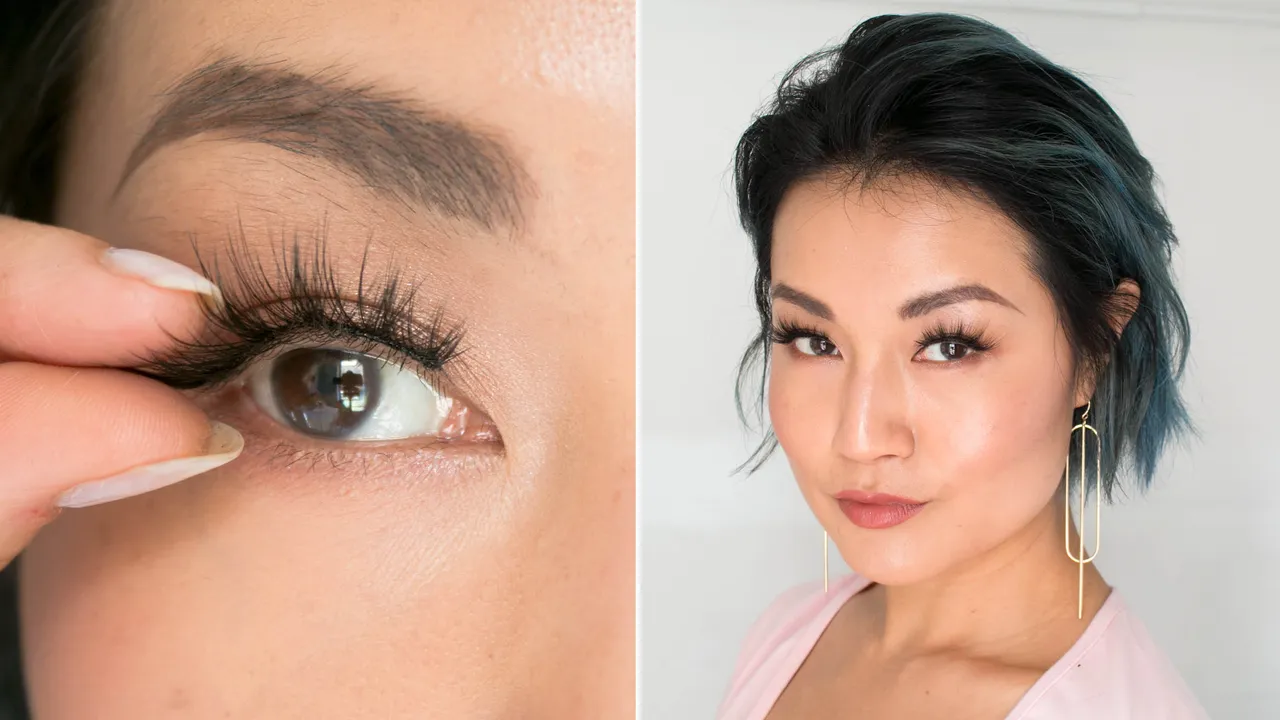
Cosmetic dentistry has surged in popularity as an increasing number of people seek to enhance their smiles and boost their self-confidence. This field of dentistry focuses on improving the appearance of teeth, gums, and overall smile aesthetics. From minor adjustments to significant transformations, cosmetic dentistry offers a variety of procedures tailored to meet diverse needs and preferences. This article delves into the latest trends, common procedures, and patient perspectives in cosmetic dentistry.
Trends in Cosmetic Dentistry
- Digital Smile Design (DSD): Digital technology has revolutionized cosmetic dentistry, with Digital Smile Design (DSD) at the forefront. DSD uses advanced software to create a 3D model of a patient’s smile, allowing dentists and patients to visualize the outcome before the procedure begins. This technology ensures precision and satisfaction with the final results.
- Minimally Invasive Procedures: Patients today prefer treatments that are less invasive, with shorter recovery times and reduced discomfort. Techniques such as composite bonding and no-prep veneers cater to these preferences, offering significant aesthetic improvements without extensive dental work.
- Natural-Looking Results: There is a growing demand for cosmetic dental work that looks natural. Patients seek enhancements that complement their features rather than drastically altering their appearance. Materials like porcelain and composite resins are now designed to mimic the natural translucency and texture of teeth.
- Teeth Whitening: Teeth whitening remains one of the most sought-after cosmetic procedures. Innovations such as laser whitening and custom-fit whitening trays provide more effective and longer-lasting results, catering to the demand for bright, white smiles.
- Orthodontic Advances: Clear aligners, such as Invisalign, have revolutionized orthodontics by offering a discreet alternative to traditional braces. These aligners are popular among adults and teenagers alike, providing an effective way to straighten teeth without the aesthetic drawbacks of metal braces.
Common Cosmetic Dentistry Procedures
- Teeth Whitening: Professional teeth whitening can significantly brighten teeth by several shades. In-office treatments use stronger bleaching agents and advanced light technologies to deliver rapid results, while take-home kits offer convenience and gradual improvement.
- Veneers: Veneers are thin, custom-made shells that cover the front surface of teeth. Made from porcelain or composite resin, they address issues such as discoloration, chipped teeth, and gaps. Veneers provide a durable and natural-looking solution.
- Dental Implants: Dental implants are a permanent solution for missing teeth. They involve surgically placing a titanium post into the jawbone, which acts as a root for a replacement tooth. Implants offer a stable, natural-looking replacement that functions like a real tooth.
- Bonding: Composite bonding involves applying a tooth-colored resin to repair chipped, decayed, or discolored teeth. The resin is molded and polished to match surrounding teeth, providing a quick and cost-effective cosmetic fix.
- Clear Aligners: Clear aligners gradually move teeth into desired positions. Custom-made and virtually invisible, they offer a comfortable and aesthetic alternative to traditional braces, with the added benefit of being removable for eating and cleaning.
Patient Perspectives
Patient satisfaction in cosmetic dentistry is high, driven by the tangible improvements in appearance and confidence. Here are some common perspectives from patients:
- Boost in Self-Esteem: Many patients report a significant boost in self-esteem and social confidence following cosmetic dental procedures. A radiant smile can enhance personal and professional interactions, leading to a more fulfilling life.
- Emphasis on Natural Results: Patients often emphasize the importance of natural-looking results. They seek enhancements that are noticeable but not overdone, preferring subtle improvements that harmonize with their overall facial aesthetics.
- Comfort and Convenience: The shift towards minimally invasive procedures and technologies like clear aligners reflects a patient preference for comfort and convenience. The ability to achieve cosmetic improvements with minimal discomfort and disruption to daily life is highly valued.
- Long-Term Benefits: Patients appreciate the long-term benefits of cosmetic dentistry. Procedures like dental implants and veneers not only enhance appearance but also improve oral health and functionality, making them worthwhile investments.
- Informed Decisions: With the rise of digital tools and patient education, individuals are more informed about their options. They engage in discussions with their dentists, explore digital simulations of potential outcomes, and make decisions based on thorough understanding and realistic expectations.
Cosmetic dentistry continues to evolve, driven by advancements in technology and changing patient preferences. From digital smile design to clear aligners, the focus is on delivering natural-looking results with minimal discomfort. As patients seek to enhance their smiles and boost their confidence, cosmetic dentistry offers a range of procedures tailored to meet these desires. The future of cosmetic dentistry looks bright, promising even more innovative solutions and satisfied smiles.






